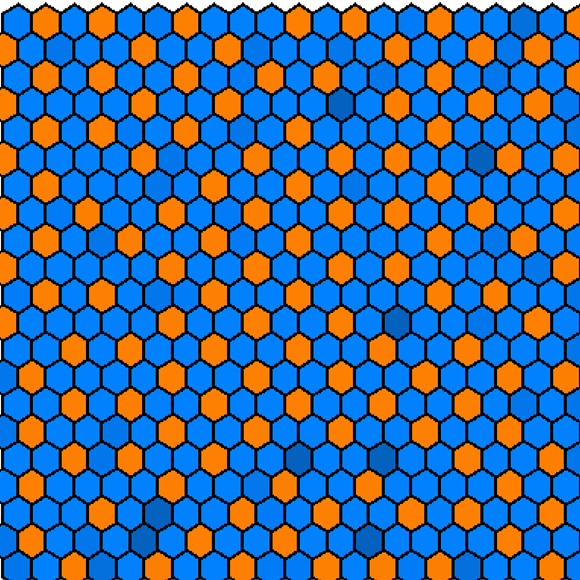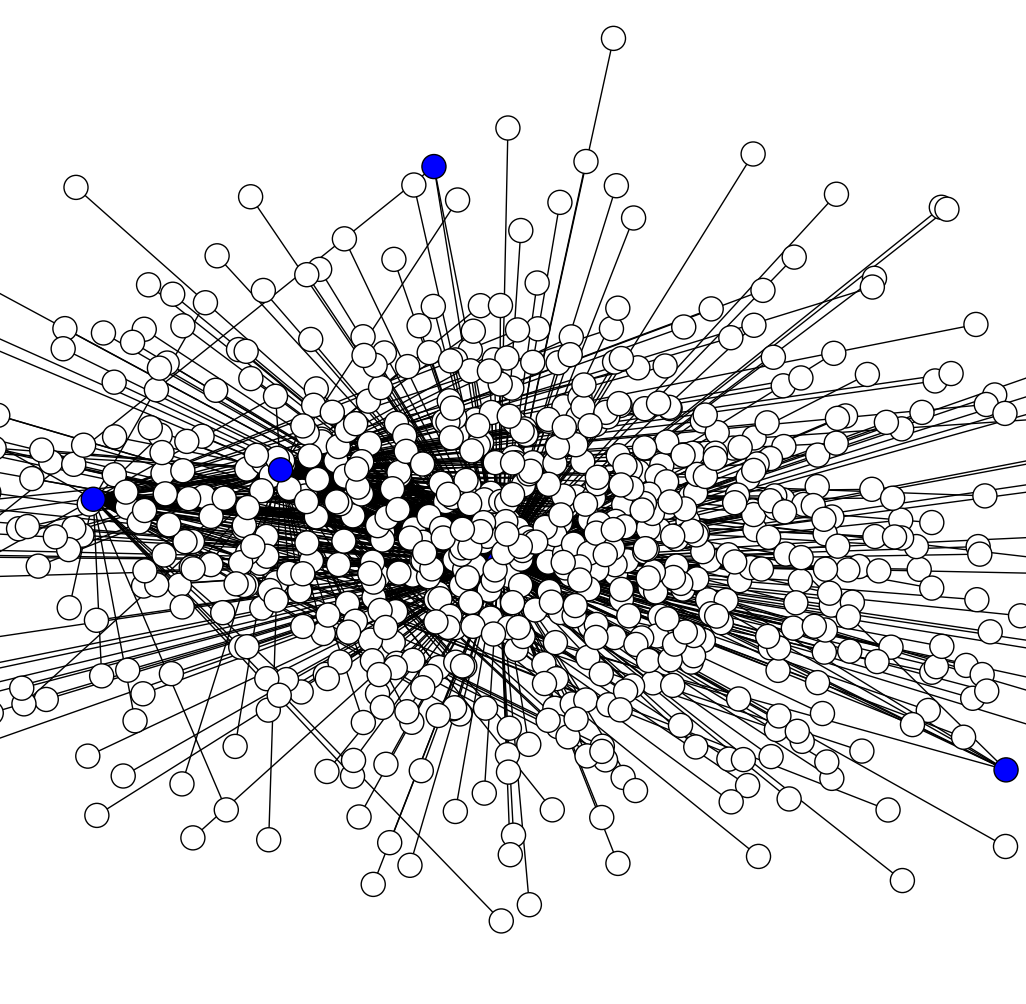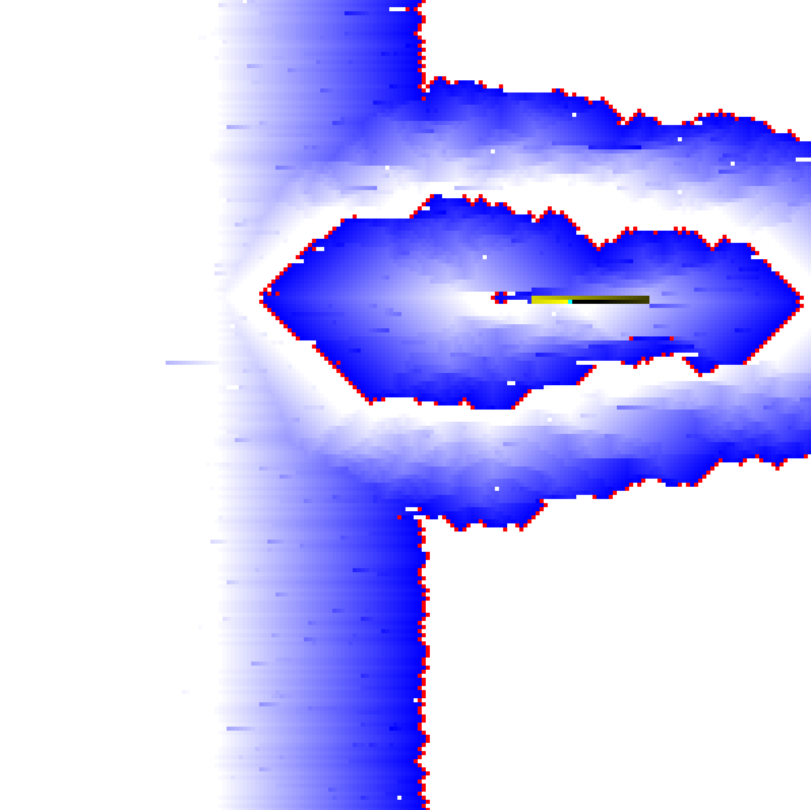Hello!
I am Liam Brown. I am an Oxford-based post doctoral researcher in the Kennedy Institute of Rheumatology and the Wolfson Centre for Mathematical Biology. My research interests lie predominantly in cancer immunotherapy, but I dabble on the sides of the subject. I work in the groups of both Eamonn Gaffney and Mark Coles, and I work in collaboration with Celgene, which funds my research. Below, you may find an introduction to projects that I have contributed to.
If you would like to contact me, please don't hesitate to send an email!





